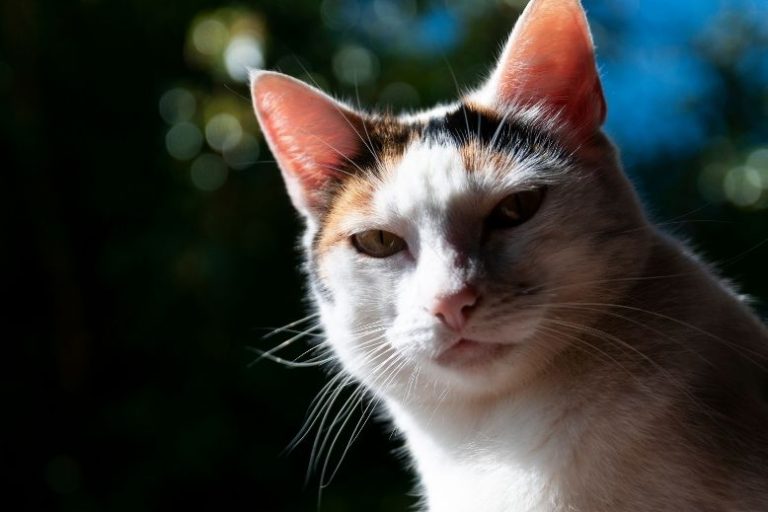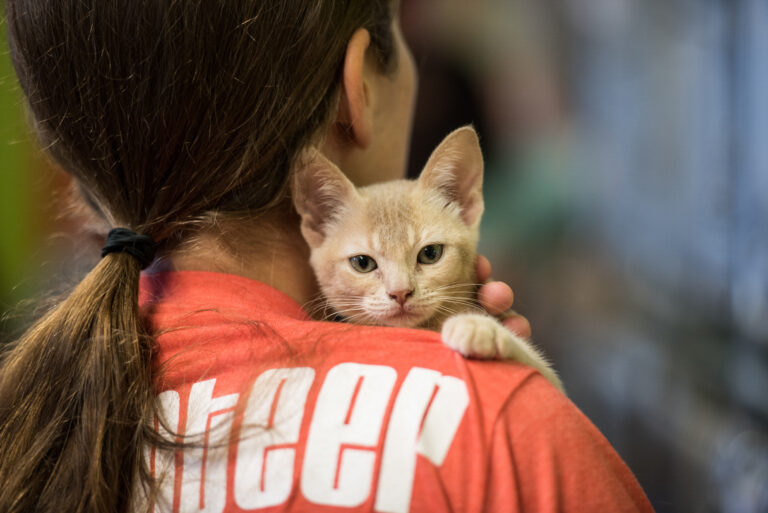If you’ve ever witnessed your calm, cuddly cat suddenly sprinting through the house like a whirlwind late at night, you’re not alone. This phenomenon, commonly known as the cat zoomies, is familiar to most cat owners. It usually involves bursts of high-speed running, leaping over furniture, and energetic play, often when you’re winding down for bed. But why do cats get the zoomies at night, and how can you manage this wild behavior without disrupting your household’s peace?
Table of Contents
What Causes Cat Zoomies?
Cat zoomies, or Frenetic Random Activity Periods (FRAPs), are natural and common in both kittens and adult cats. Several factors contribute to this sudden burst of energy, especially during the evening or nighttime hours.
One primary reason stems from cats’ crepuscular nature. Unlike humans, who are typically diurnal (active during the day), cats are naturally most active during dawn and dusk. In the wild, these times offer prime opportunities for hunting. Even though your indoor cat doesn’t need to hunt for food, this instinct remains strong, often leading to energetic play sessions during these hours.
Additionally, cats may experience zoomies if they’ve had pent-up energy throughout the day. Without enough mental and physical stimulation, your cat will find ways to release that energy, often resulting in a late-night frenzy.
Another cause of zoomies is the need to relieve stress or excitement. Cats sometimes zoom after using the litter box, likely because it feels good or triggers excitement. It’s also possible for cats to get the zoomies after eating, especially if they’ve experienced a boost of energy from a satisfying meal.
Why Zoomies Often Happen at Night
You may notice your cat’s zoomies are particularly frequent during the night. There are several reasons behind this timing. Firstly, cats are most alert in the early morning and evening due to their hunting instincts. For indoor cats with fewer hunting or play opportunities during the day, nighttime can become their default “activity window.”
Another factor is your routine. Many cats nap for long stretches when their owners are out or occupied during the day. When you return home and start winding down, your cat’s internal clock might be signaling that it’s time to play.
Lastly, the quiet and stillness of nighttime can be stimulating for cats. Without daytime noise and distractions, they may become more aware of subtle sounds or movements, prompting bursts of energy.
How to Manage and Prevent Cat Zoomies
While zoomies are natural, they can become disruptive, especially if they happen when you’re trying to sleep. Managing this behavior focuses on providing outlets for your cat’s energy and adjusting routines to reduce nighttime hyperactivity.
1. Increase Playtime During the Day
One of the most effective ways to prevent zoomies is by providing your cat with plenty of playtime and exercise throughout the day. Interactive toys, such as feather wands, laser pointers, or balls, mimic the hunting experience and allow your cat to chase, pounce, and release energy.
Aim for two or more structured play sessions, ideally lasting 10 to 15 minutes each. Focus on engaging activities that encourage running, jumping, and climbing. Not only will this help burn off excess energy, but it will also satisfy their hunting instincts.
2. Establish a Consistent Evening Routine
Cats thrive on routine, and creating a structured evening schedule can help manage their activity levels. Set aside time for interactive play right before feeding your cat dinner. Mimicking the “hunt-eat-sleep” cycle found in the wild, playtime followed by a meal encourages relaxation and restful sleep afterward.
After their meal, keep the environment calm by dimming lights and reducing noise. Over time, your cat will learn to associate evening hours with winding down rather than ramping up.
3. Offer Enrichment Throughout the Day
Prevent boredom by keeping your cat mentally stimulated during the day. Use puzzle feeders, treat-dispensing toys, or place bird feeders outside windows to offer entertainment. Providing scratching posts, climbing trees, or window perches also gives your cat constructive ways to stay engaged when you’re not home.
4. Rule Out Medical Causes
In some cases, excessive or sudden bursts of hyperactivity can be linked to underlying medical conditions, such as hyperthyroidism, flea allergies, or gastrointestinal discomfort. If your cat’s zoomies are accompanied by other unusual behaviors—such as weight loss, vomiting, or increased vocalization—consult your veterinarian to rule out health concerns.
In Conclusion

Cat zoomies may seem wild and unpredictable, but they are a normal part of feline behavior. Rooted in hunting instincts and fueled by excess energy or boredom, these bursts of activity can usually be managed with proper stimulation and routine. By ensuring your cat has enough physical and mental outlets during the day and creating a calm environment at night, you can help reduce the chances of midnight sprints through your living room.
Ultimately, understanding why your cat experiences zoomies and providing constructive ways to channel their energy will result in a happier, healthier, and more balanced feline companion.







